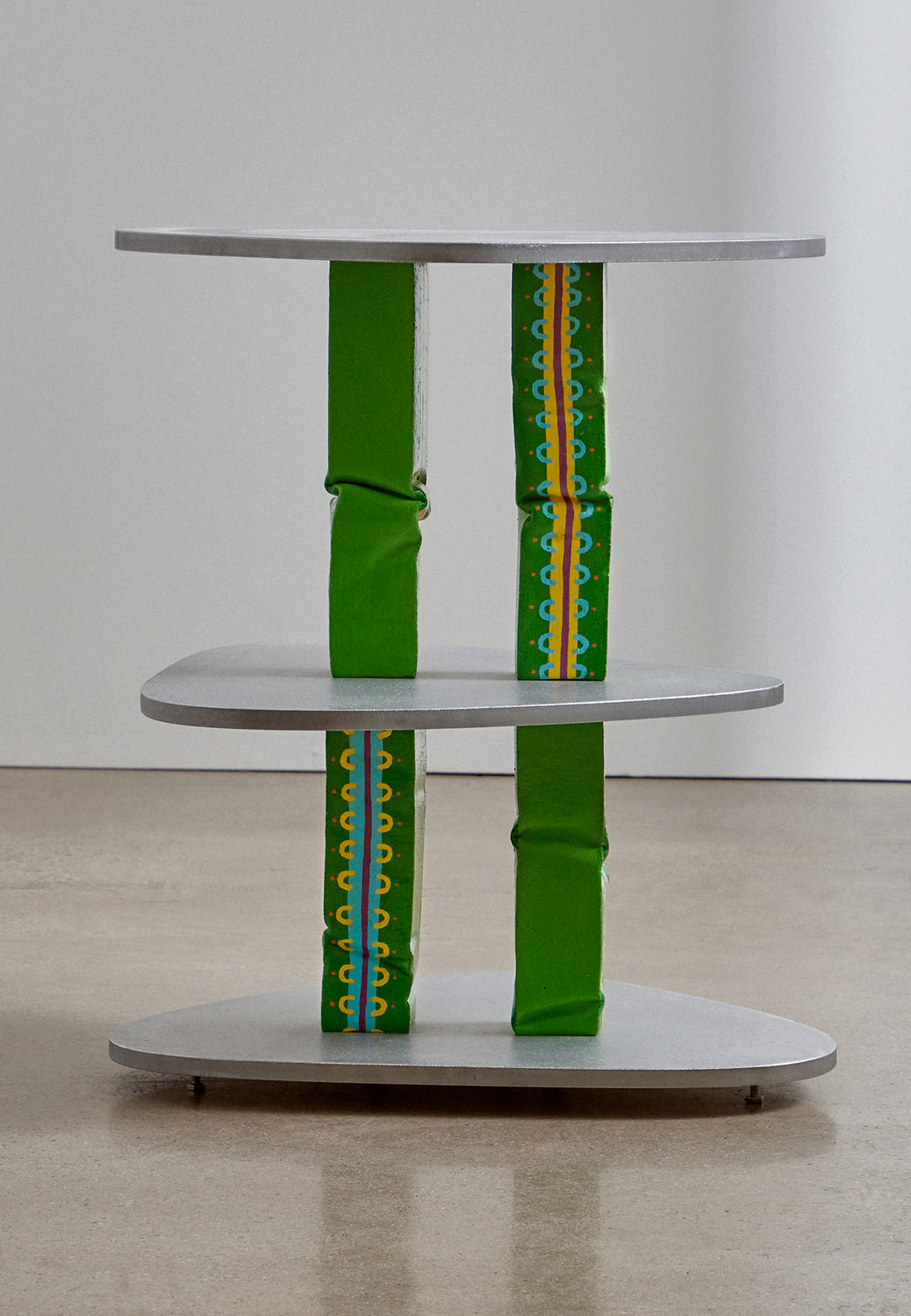Duchess, vanity, boudoir, poudreuse, Beau Brummell: the dressing table bears numerous monikers, much like the countless forms it has assumed throughout history. A dressing room and its journey through centuries, as an intrinsic element of residential architecture, reveal enough and more about human leisure, popular culture, and evolving social customs. The vanity began as a mere box of ornate paraphernalia, evolving into an entity known for buttressing rituals and transformation. Despite a rich and diverse history, dressing rooms have been extensively perceived as a luxury—a private space set apart, mostly for privileged women. In the contemporary world, though, how can vanity be envisaged?
With the highly anticipated design festival Milan Design Week 2023 right around the corner, artists and designers across the globe are preparing to partake in the parade of the new and the next in the world of art and design. New York- based Greek architect, designer, and educator Kiki Goti is set to paint the bustling city of Milan in her characteristic hues of maximalism and vibrance. With an intent to alter the notions attached to the idea of dressing spaces, the designer will present ‘Neo-Vanity’ at Alcova during the design event from April 18 to 23, 2023. “The idea for this collection was to create some kind of unique dressing room, an exuberant transitional space for personal transformation to happen. It’s a space of confidence and audacity, and boldness,” says Goti.
Goti has built her reputation as a maker who hybridises materials and fabrication methods to investigate the relationships between colour, texture, heritage, and identity. This exploration culminates in a unique pop vernacularism that remoulds preconceived notions of Greek aesthetics via object and environment and brightens the human experience. This time around, the product designer aspires to reimagine ‘Neo-Vanity,’ crafting a refreshing transitional and dressing space that teems with exuberance and a Neo-futuristic milieu for people to enjoy within their abode—especially for those who find joy in the intimate process of ‘getting ready’ just as much as the event itself. “Getting dressed up, accessorised and ‘ornamented’ can be a powerful tool for expressing individuality while feeling grounded to your own roots," shares Goti.
Goti’s collection, which encompasses furniture designs and lighting designs unearths a new, playful design language that establishes the perfect equilibrium between utility and the femininity. A pendant light, side table, two sconces, and the protagonist, a standing vanity, each piece is personified by Goti as a subject to be dressed and accessorised. “The colours and patterns of this collection refer to the traditional textile techniques of the Balkan region, such as stitching, weaving and lacing,” explains Goti. “The details on each piece reveal how ornamentation, embellishment and beautification can act as a tool for personal and communal empowerment,” she adds.
The aluminium forms fabricated by New York-based metalworker Mark Malecki, are enrobed in Goti’s signature hand-painted foam pieces—an element the designer uses to dress and drape the frames. Thereafter, Goti infuses the foam segments with hand-painted Balkan motifs extracted from folkloric textiles as a homage to her Greek heritage. She draws inspiration from the way identities are expressed through folk costumes. “I decided to have these hand-painted drawings on the objects as a reference to traditional textiles of the Balkan region. It’s the region where I come from, it’s where the West and East meet,” shares Goti.
Although ornaments have been heavily criticised as redundant, unnecessary and distracting, they traditionally are reflections of deep cultural bonds and individual expressions—expressions that Goti strives to translate into her works. Despite resistance and friction, there is no denying that beautification has long been a tool of empowerment, a deeply personal practice of embracing one’s authenticity. Goti is prepared to join the creative commotion in Milan, the Italian city that transforms into the focal point of design every year. The colours and patterns she will present at the design festival in Italy are rooted in a celebration of beauty, autonomy, and eroticism—for the designer, they bring the past and future together, in what she calls a neo-folklore way.
STIR’s coverage of Milan Design Week 2023 showcases the best exhibitions, studios, designers, installations, brands, and special projects to look out for. Explore Euroluce 2023 and all the design districts—5Vie Art and Design, Brera Design District, Fuorisalone, Isola Design District, Tortona District, and Milano Design District—with us.






 Sign in with email
Sign in with email










What do you think?